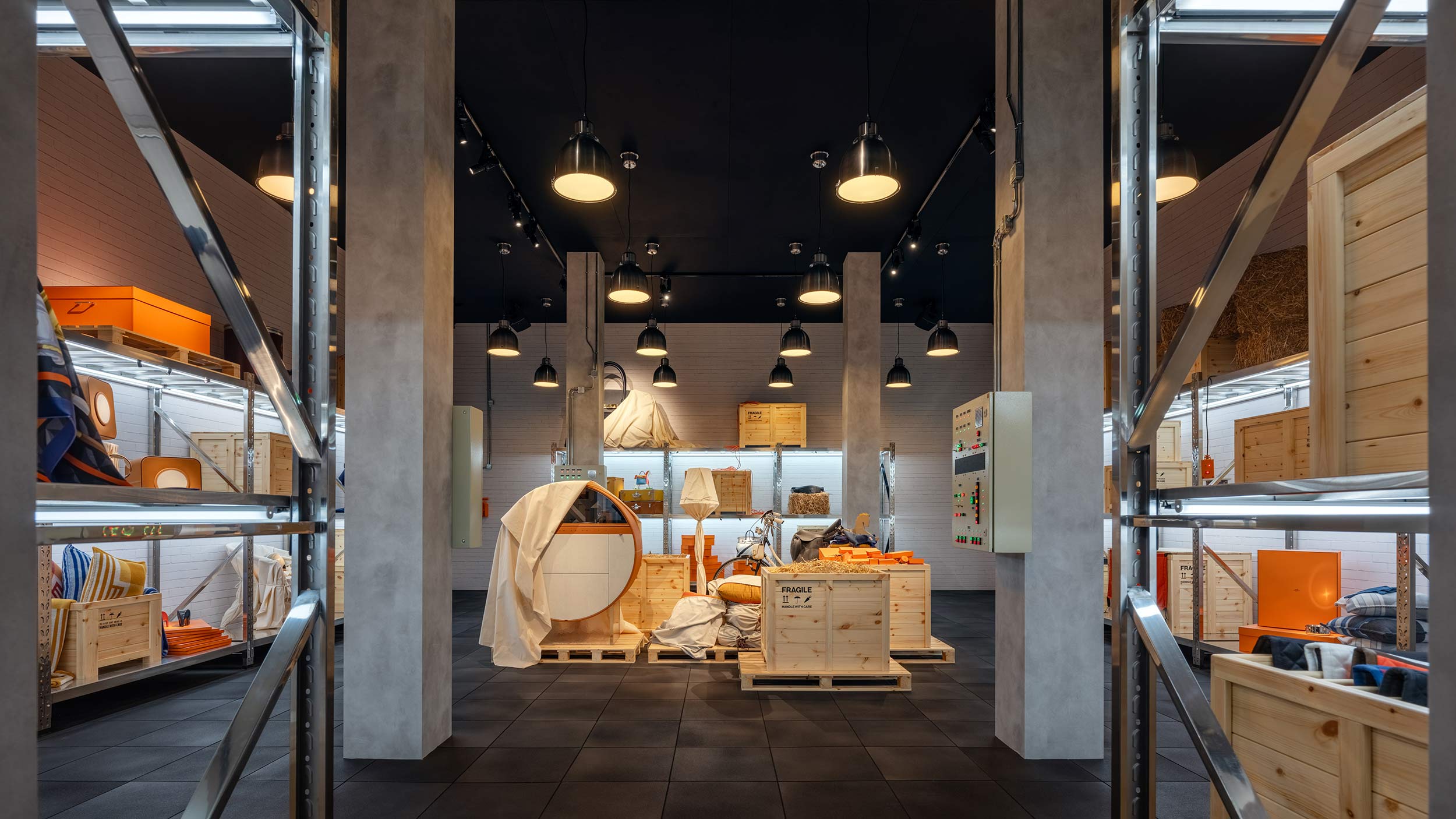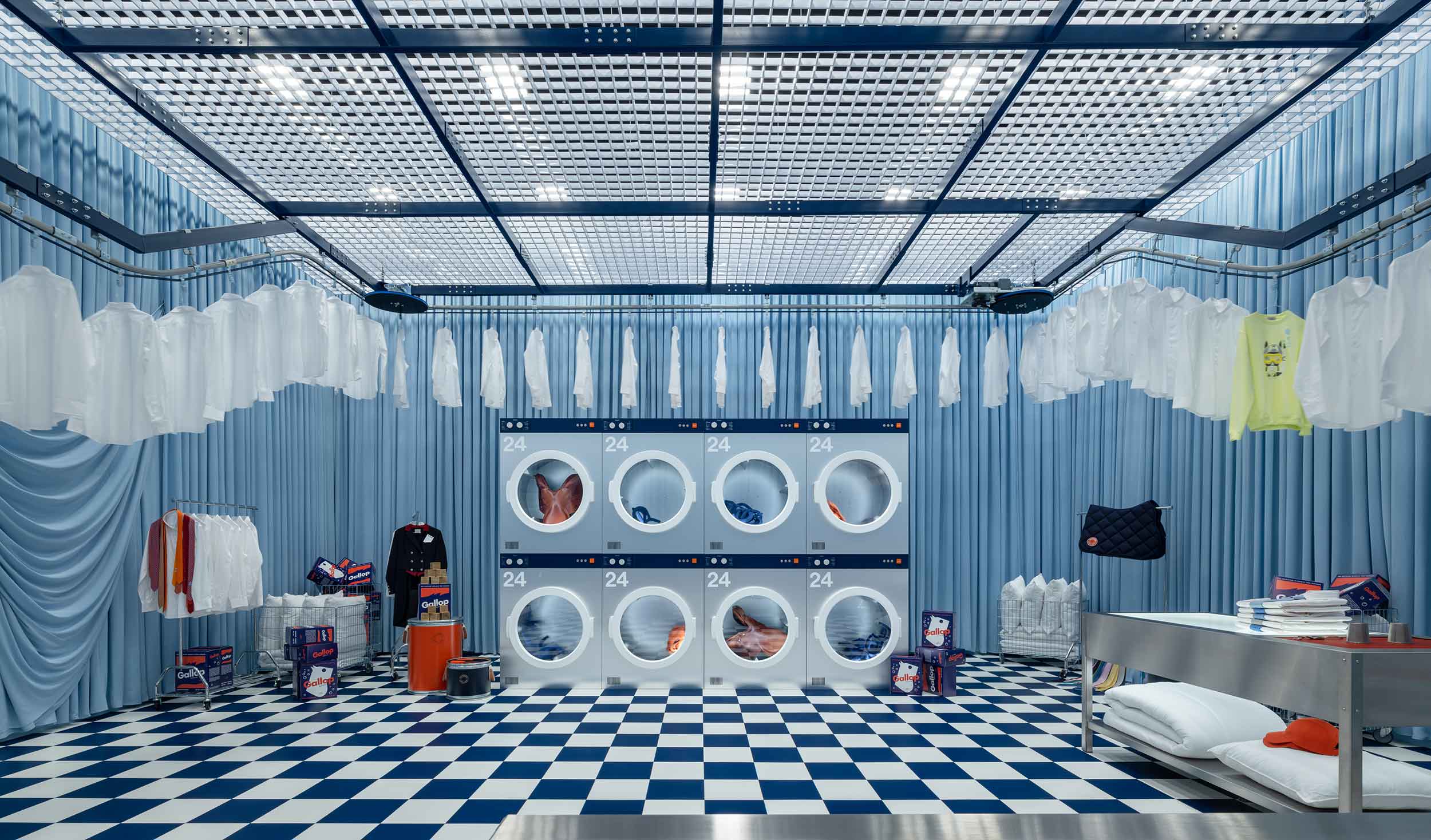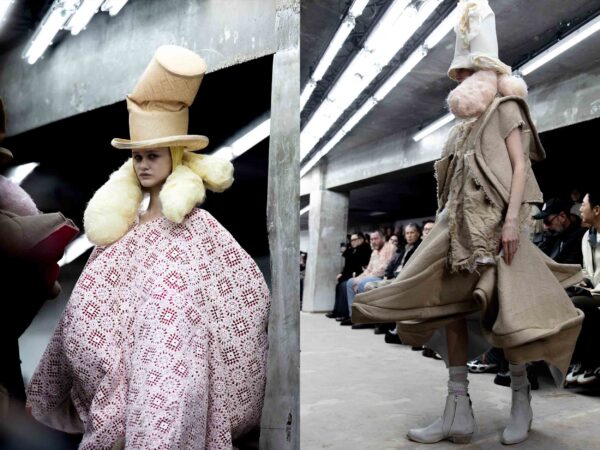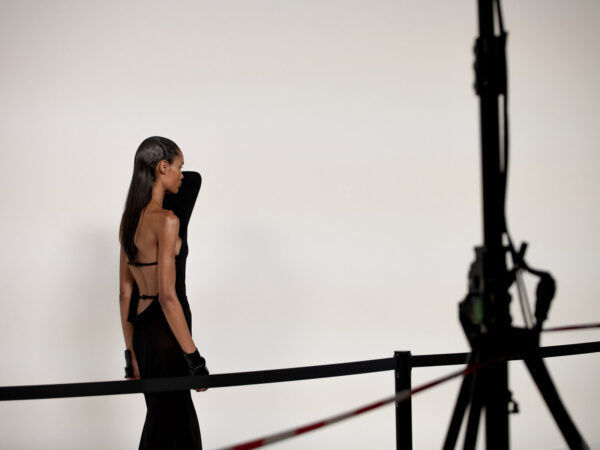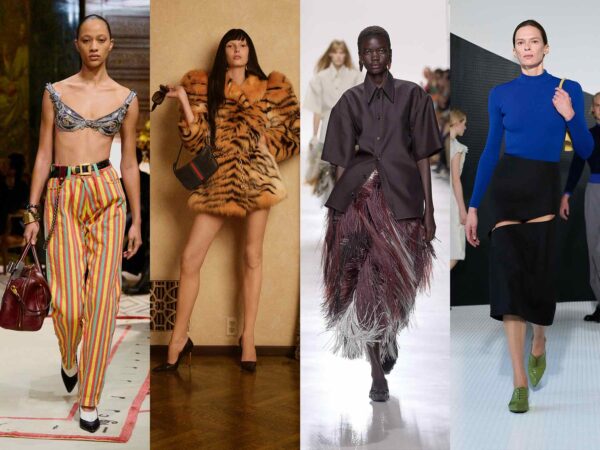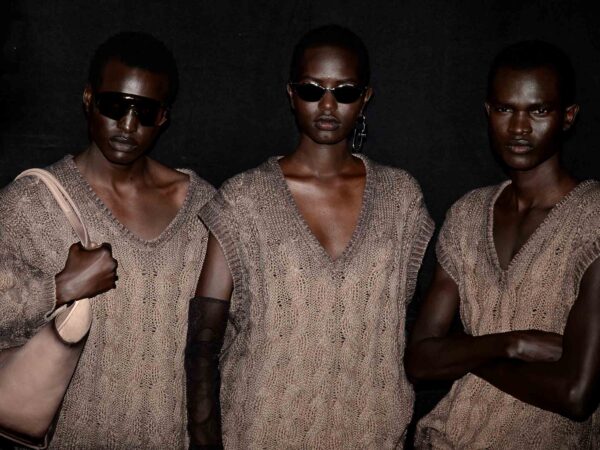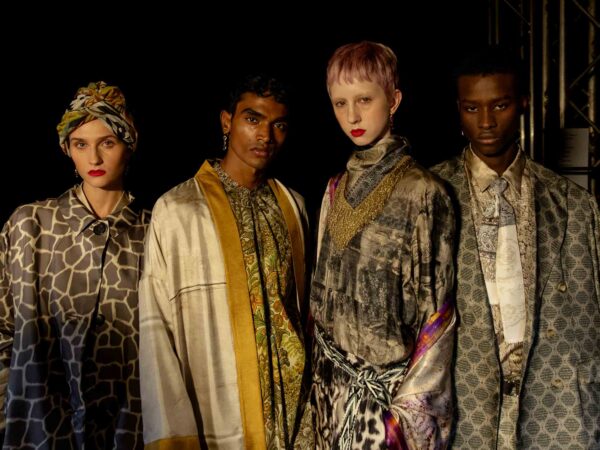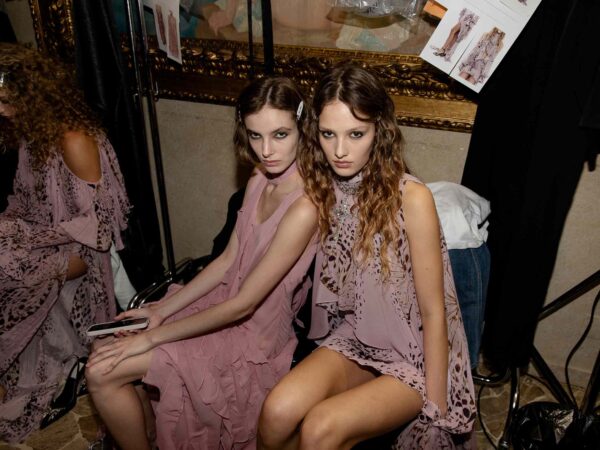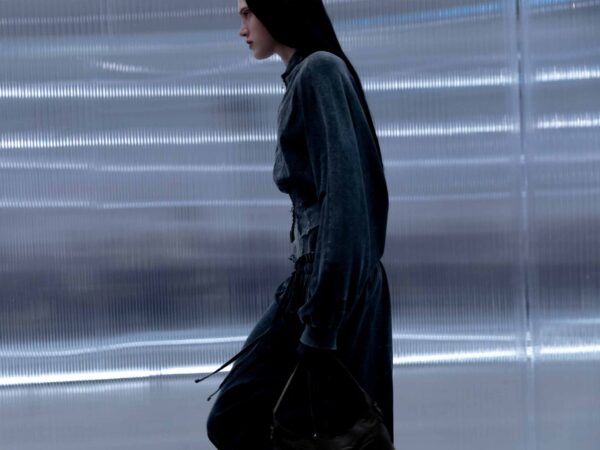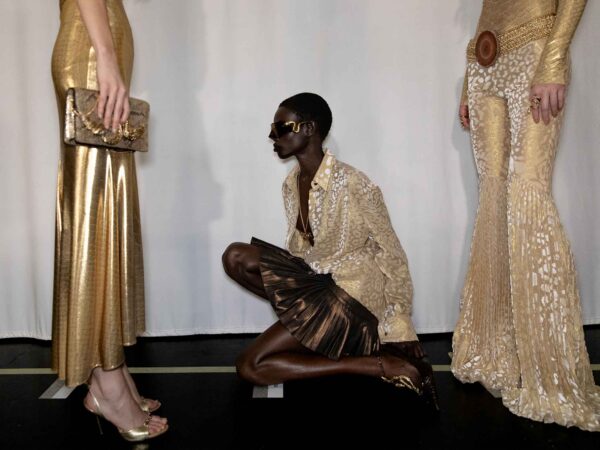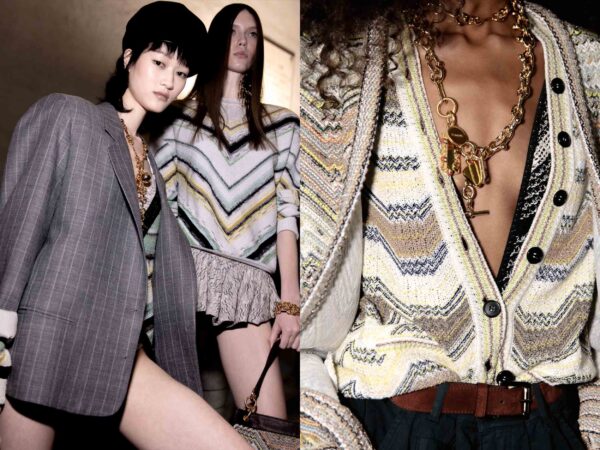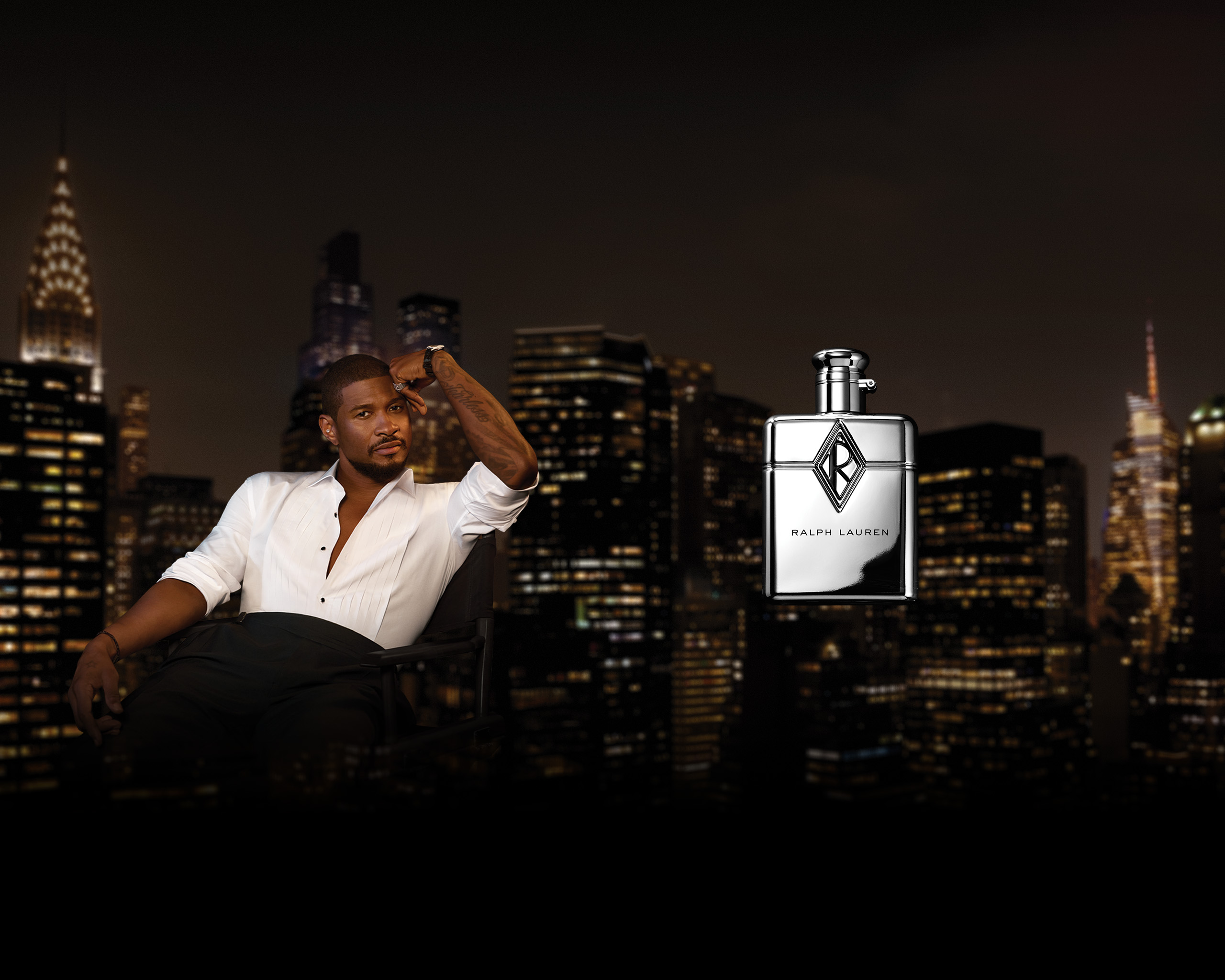At Pier 36, the French house transforms craft tradition into immersive theater, asking what luxury means when the world refuses to slow down
From June 19 through 29, Pier 36 has been transformed into a space far more ephemeral than a runway or showroom: a memory palace, a conceptual playground, a house of mirrors stitched together by hoofprints and heritage. Mystery at the Grooms’, Hermès’s New York offering, asks us to trade fashion-world voyeurism for intimate acts: looking closely, thinking laterally, and participating in a story where the object is both artifact and clue.
There is no single protagonist here. Instead, there are sixteen: the métiers that comprise the DNA of Hermès—from leather to silk, homeware to ready-to-wear—each one summoned to animate this immersive narrative. You move room to room through the imagined residence of the “Grooms,” symbolic figures both literal and mythic: caretakers of the horse, yes, but also caretakers of knowledge, of ritual, of a way of working that resists speed in favor of precision, transience in favor of permanence.
At the heart of the mystery is the horse, Hermès’s eternal emblem, here reinterpreted as metaphor. “Play is movement, freedom, imagination, fantasy, lightness,” says Artistic Director Pierre-Alexis Dumas. “And the horse is our first companion in the playground of creation.” It’s a beautiful sentiment—and a serious one. The horse becomes a cipher for house values of elegance in motion, continuity through care, instinct honed by technique.
As you step into the Grooms’ House, you’re invited to notice, to deepen your observation. A pair of men’s shoes imprints horseshoe shapes across the floor. A scarf suspends its bridle motif in mid-air. A leather bag evokes a saddle, not through mimicry but through sensibility. Objects appear animated by both their exquisite making and by the way they speak to one another across time.
In many ways, Hermès is offering a quiet provocation: what if fashion didn’t have to shout to be heard? In a cultural moment obsessed with virality, Mystery at the Grooms’ trusts its visitors to slow down. There are no QR codes. No branded photo ops. No didactic panels. Just a series of rooms, each revealing a different lens on the same idea—that the handmade still matters, and that process is, in its own way, a kind of mystery.
When I walked through the installation, I found myself thinking about the act of editorial curation. We often speak about publishing as architecture; building frames for ideas, interlocking voices, images, histories. Hermès has done something similar here, offering a constellation of forms, symbols, and sensory cues that reward attention over a linear narrative. It’s an approach I admire—and one that resonates with the kind of layered storytelling we try to build page after page at Document.
What’s perhaps most moving is the sense of collaboration across métiers, generations, and artisans and ideas. The horse links them, yes, but so does an ethos that beauty is something lived with, returned to, and made again. Historical Hermès pieces appear like apparitions: the Kelly among them. Heritage here is active, interpretive, and alive.
That sense of aliveness extends to the show’s dramaturgy. The Grooms’ House is theatrical, occasionally surreal, and deeply playful. One room evokes a stable by way of a dream sequence. In another, mirrors distort time and proportion. There is a kind of poetry in the curation—a refusal to separate craft from imagination, history from futurity.
And that, ultimately, is what lingers. Mystery at the Grooms’ reminds us that luxury can be more than just accumulation. It can be attention to material. Attention to movement. Attention to the way an object can carry meaning across bodies, eras, and contexts. In reframing the house as a site of clues, Hermès gently nudges us away from answers and toward questions. Who made this? Why does it endure? What are we really inheriting when we inherit an object?
If fashion has always flirted with mythmaking, Hermès does so here with a remarkable restraint. There are no declarations of innovation, no straining for relevance. Just a quiet confidence that the work, if you look closely enough, speaks for itself.


